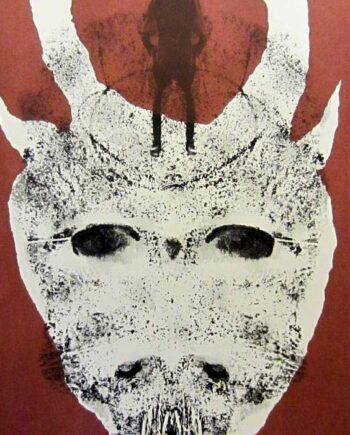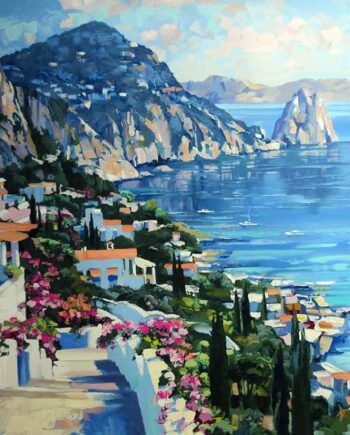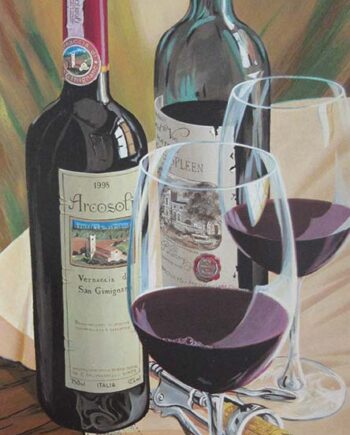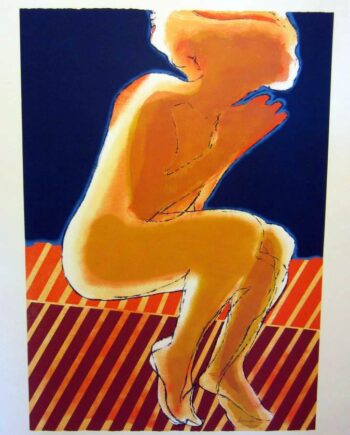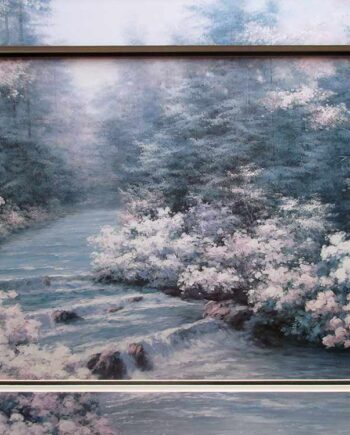Serigraphs (Silk Screen)
Serigraphs – One of the oldest forms of printing… Serigraphy (or silkscreen printing). Serigraph is a combination of the Latin word for “silk”, seri, and the Greek word for “to write”, graphos…
This ancient method of duplicating an original painting is one of the oldest forms of printing. Serigraphy can be traced as far back as 9000 BC or so when stencils were used to decorate Egyptian tombs and Greek mosaics.
Serigraphy took on the status of art in the 1930s when a group of artists experimented with the technique and subsequently began making “fine art” silk-screen prints and devised the term “Serigraph” to distinguish fine art from commercial screen printing. In the 1950’s artists like Victor Vasarely and Josef Albers combined their artistic visions into serigraphs.
This sparked an explosion of creativity in the field, with the Pop Art movement, and Andy Warhol in particular, gave the medium it’s ultimate legitimacy in the fine arts. Other great artists of the 20th century who pioneered serigraphy are: Pablo Picasso, Henri Matisse, Erte, Roy Lichtenstein and more.
Serigraphy is a time honored technique… This classic method utilizes both labor and material intensive processes based on stenciling, for creating prints by hand. It’s rather expensive!
Each color has its own screen.
If there are 40 colors to be printed, there must be 40 separate screens prepared. They are then embedded into the fabric, and ink is passed through a squeegee on the canvas creating a texture on the surface.
Serigraphs are truly “Limited Editions”… They are produced in limited editions in order to control their rarity once an edition is completed the drawings are destroyed, as are the screens. Also, each print is slightly different, as each screen is hand pulled, adding to the rarity enhances the collector value and owning a serigraph print is a good art purchasing decision!

